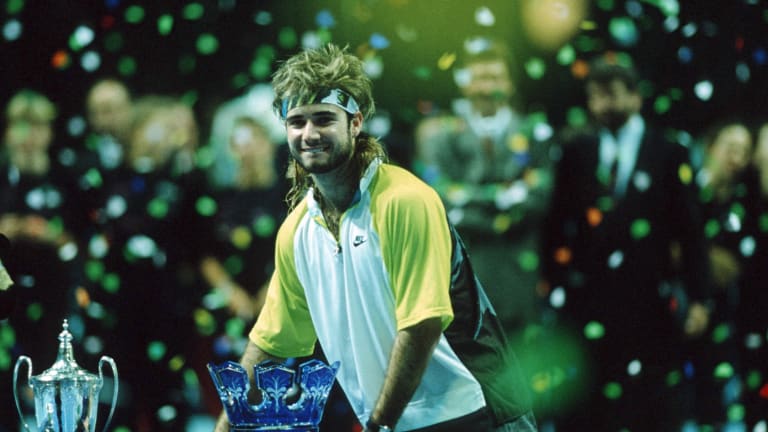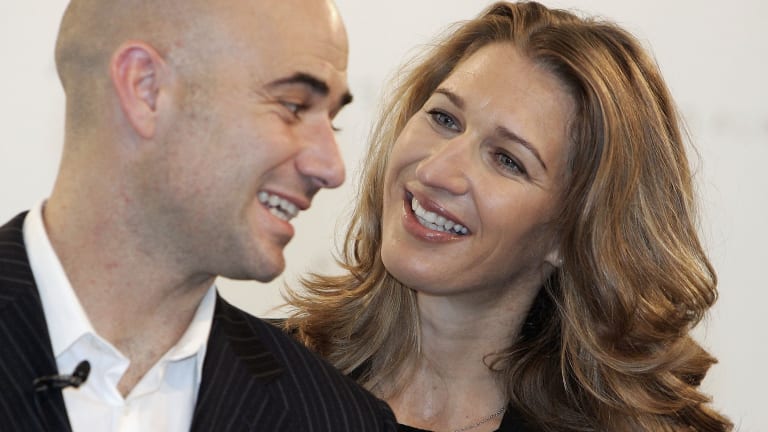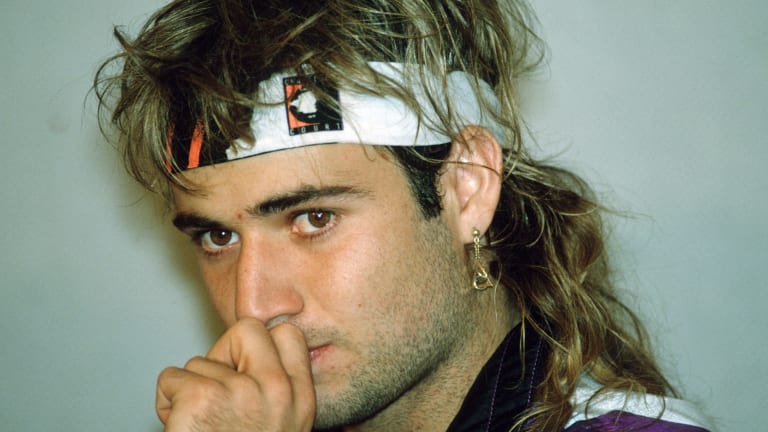Andre Agassi's 50 years have had it all, on and off the tennis court
By Apr 29, 2020Laver Cup
“It’s time to dance, baby!” Andre Agassi and Yannick Noah bring new blood to Laver Cup
By Sep 20, 2025Laver Cup
New era: Andre Agassi, Patrick Rafter highlight Team World's effort to regain Laver Cup
By Sep 09, 2025Social
PHOTOS: Joao Fonseca celebrates birthday with Juan Martin del Potro at Stars of the Open
By Aug 22, 2025Cincinnati, USA
Holger Rune believes he can compete with Sinner and Alcaraz. Can another chat with Andre Agassi get him there?
By Aug 13, 2025Social
Andre Agassi to receive USTA Foundation's Serving Up Dreams Award at US Open
By Aug 08, 2025Tennis.com Interview
Holger Rune talks Andre Agassi DC collaboration: “He sees the game in a unique way”
By Jul 20, 2025Ranking Reaction
Ben Shelton makes Top 10 debut, joins fellow Americans Taylor Fritz and Tommy Paul in the elite
By Jun 16, 2025Roland Garros
Andre Agassi, Justine Henin to present Roland Garros singles trophies
By Jun 07, 2025Social
Andre Agassi recalls the first time he saw Rafael Nadal: 'I knew I'd never beat him'
By Jun 06, 2025Andre Agassi's 50 years have had it all, on and off the tennis court
“I don’t think the public has ever had any concept of who I am," said the American in a 1995 interview. "They see the cars and the plane, and if they don’t try, they stop there."
Published Apr 29, 2020
Advertising

Andre Agassi's 50 years have had it all, on and off the tennis court
© 1990 Getty Images
Advertising

Andre Agassi's 50 years have had it all, on and off the tennis court
© 2005 Getty Images
Advertising

Andre Agassi's 50 years have had it all, on and off the tennis court
© 1991 Getty Images
Advertising

Andre Agassi's 50 years have had it all, on and off the tennis court